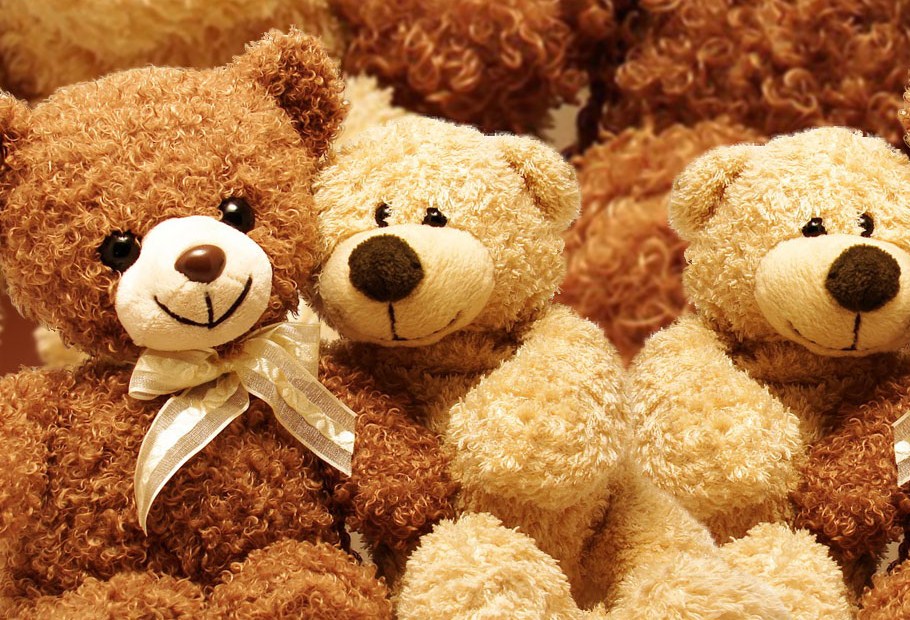Millions of toys are out there, and hundreds of new ones hit the stores each year. Toys are supposed to be fun and are an important part of any child’s development. But each year, scores of kids are treated in hospital emergency departments for toy-related injuries. Choking is a particular risk for kids ages 3 or younger, because they tend to put objects in their mouths.
Here are some general guidelines to keep in mind when shopping for toys:
- Toys made of fabric should be labeled as flame resistant or flame retardant.
- Stuffed toys should be washable.
- Painted toys should be covered with lead-free paint.
- Art materials should say nontoxic.
- Crayons and paints should say ASTM D-4236 on the package, which means that they’ve been evaluated by the American Society for Testing and Materials.
Steer clear of older toys, even hand-me-downs from friends and family. Those toys might have sentimental value and are certainly cost-effective, but they may not meet current safety standards and may be so worn from play that they can break and become hazardous.
And make sure a toy isn’t too loud for your child. The noise of some rattles, squeak toys, and musical or electronic toys can be as loud as a car horn — even louder if a child holds it directly to the ears — and can contribute to hearing damage.
The Right Toys at the Right Ages
Always read labels to make sure a toy is appropriate for a child’s age. You may think that a child who’s advanced in comparison to peers can handle toys meant for older kids. But the age levels for toys are determined by safety factors, not intelligence or maturity.
Here are some age-specific guidelines to keep in mind:
For Infants, Toddlers, and Preschoolers
- Toys should be large enough — at least 1¼ inches (3 centimeters) in diameter and 2¼ inches (6 centimeters) in length — so that they can’t be swallowed or lodged in the windpipe. A small-parts tester, or choke tube, can determine if a toy is too small. These tubes are designed to be about the same diameter as a child’s windpipe. If an object fits inside the tube, then it’s too small for a young child. If you can’t find a choke tube, a toilet paper roll can be used for the same purpose.
- Avoid marbles, coins, balls, and games with balls that are 1.75 inches (4.4 centimeters) in diameter or less because they can become lodged in the throat above the windpipe and restrict breathing.
- Battery-operated toys should have battery cases that secure with screws so that kids cannot pry them open. Batteries and battery fluid pose serious risks, including choking, internal bleeding, and chemical burns.
- When checking a toy for a baby or toddler, make sure it’s unbreakable and strong enough to withstand chewing. Also, make sure it doesn’t have:
- sharp ends or small parts like eyes, wheels, or buttons that can be pulled loose
- small ends that can extend into the back of the mouth
- strings longer than 7 inches (18 centimeters)
- parts that could become pinch points for small fingers
- Most riding toys can be used once a child is able to sit up well while unsupported – but check with the manufacturer’s recommendation. Riding toys like rocking horses and wagons should come with safety harnesses or straps and be stable and secure enough to prevent tipping.
- Stuffed animals and other toys that are sold or given away at carnivals, fairs, and in vending machines are not required to meet safety standards. Check carnival toys carefully for loose parts and sharp edges before giving them to your infant.
For Grade-Schoolers
- Bicycles, scooters, skateboards, and inline skates should never be used without helmets that meet current safety standards and other recommended safety gear, like hand, wrist and shin guards. Look for CPSC or Snell certification on the labels.
- Nets should be well constructed and firmly attached to the rim so that they don’t become strangulation hazards.
- Toy darts or arrows should have soft tips or suction cups at the end, not hard points.
- Toy guns should be brightly colored so they cannot be mistaken for real weapons, and kids should be taught to never point darts, arrows, or guns at anyone.
- BB guns or pellet rifles should not be given to kids under the age of 16.
- Electric toys should be labeled UL, meaning they meet safety standards set by Underwriters Laboratories.


Leave a Reply